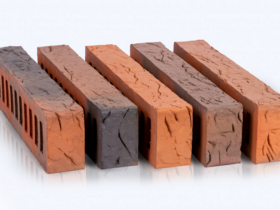General principles when creating an object of construction are fully observed using technology according to high -speed construction using light steel thin -leaved structures. The working project and the architectural part, which include drawings and calculations, estimates, as well as the rest of the technical documentation, binding on the ground, laying the foundation, erecting, summing up communications and its finishes – these are ordinary stages in any construction technology. The differences are in individual characteristics for each stage, or some of them, which are associated with the uniqueness of technological and constructive solutions for specific processes.
Designing a building based on LSTK, that is, sheet steel thin -walled structures, is made in automated development programs, which provide for the possibility of three -dimensional modeling and calculation of volumetric structures.
Conducting calculations makes it possible to choose a thickness with the type of necessary profiles for each specific element in the structure, as well as distribute the load on the number of parts that is necessary for the bearing capacity.
A feature of the design of such buildings is the design of profiles, their multifunctionality, as well as the ability to rationally use the shape and cross -section to hold the distributed share of the load.
The uniqueness of the warm profile, which is used in the frame of the building, consists of especially a design that prevents the appearance of “cold bridges”. This circumstance makes it possible to use metal for holding and supporting structures, without fear of the appearance of moisture condensation and freezing. The thermal profile also has the characteristics of thermal conductivity comparable to a wooden beam that has the same thickness.
The individual characteristics of the design of buildings, according to this technology, include the need to develop working drawings for all parts of the frame design, as well as for the possibility of manufacturing them in factory conditions. A simple form of blanks and a certain gamut of the types of profiles allow you to unify drawings of parts.









